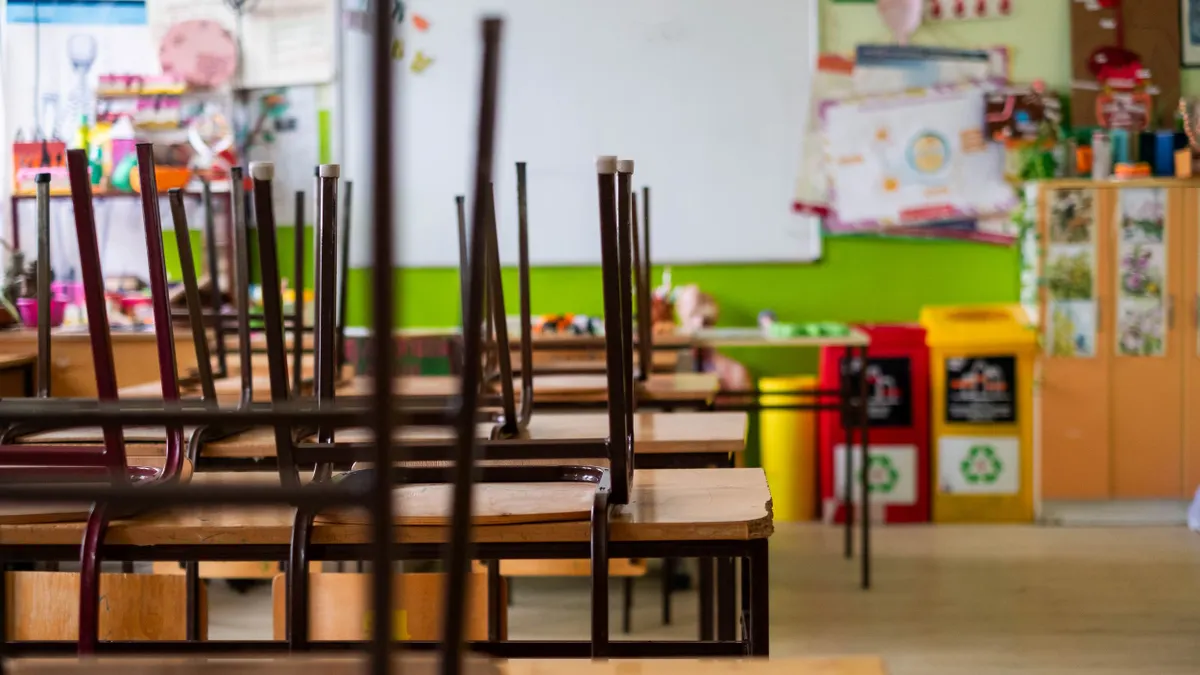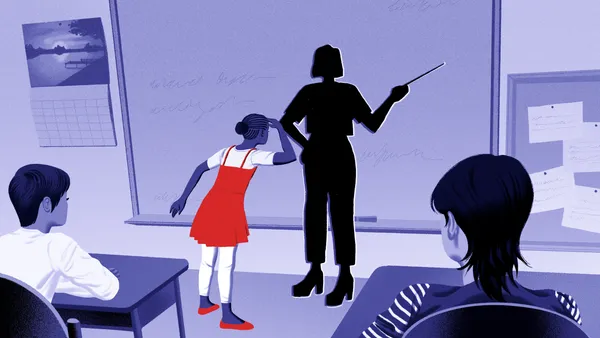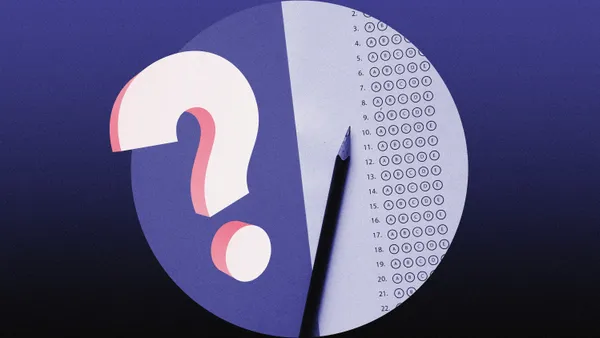Dive Brief:
- Arizona’s Kyrene School District is considering closing eight of its 25 schools by the end of the 2028-29 school year as it continues to face declining student enrollment. A ninth school would be repurposed into a gifted academy.
- Though Kyrene School District has the capacity to serve 20,000 students, its current enrollment is only 12,000. That figure is projected to drop to 11,000 within the next five years.
- The district’s school board won’t make a final decision on the closures until December at the earliest, according to Kyrene’s long-range planning website.
Dive Insight:
When Kyrene School District previously enrolled 12,000 students, there were only 14 schools, said Superintendent Laura Toenjes during a Tuesday school board meeting.
But because the district currently operates 25 schools with that same enrollment, she said, that means “our classrooms are sitting empty, resources are spread thin, and it is becoming harder to sustain the things that make Kyrene exceptional.”
On Kyrene’s long-range planning website, the district noted that it has reduced expenditures by $24 million over the last decade due to declining enrollment. If the district doesn’t adjust the number of schools based on current and future enrollment, it said, school leaders would be forced to make difficult decisions regarding staffing cuts, larger class sizes and fewer student opportunities.
“For the first time in its 137-year history, Kyrene is considering school closures,” said Toenjes. “The possibility of closing any Kyrene school is deeply painful, and I carry that weight with me as does everyone in this room.”
While the district has faced declining enrollment for quite some time, Toenjes said other factors are compounding the issue, including declining birthrates, rising housing costs, charter school growth and Arizona's expansion of universal private school vouchers, “which unfairly incentivize families to leave traditional public schools.”
In 2022, Arizona enacted what was at the time one of the nation’s most expansive school choice laws by opening education savings account eligibility to all children. Such programs have since grown popular in other states. In fact, participation in private school choice options nationwide has increased 25% — jumping from 1 million to 1.3 million students between 2024 and 2025, according to recent data from EdChoice, a pro-school choice advocacy group.
Other districts suggesting that school choice policies are exacerbating their enrollment challenges include Florida’s Broward County Public Schools. In late August, the district announced it is planning to “address” 34 of its 239 schools for potential closures or consolidations after finding an enrollment decline of 10,360 students on the 10th day of the 2025-26 school year, compared to the prior year.
A May survey of current and former parents in Broward County Public Schools found that about half of respondents said they enrolled their children in a nontraditional schooling option to access higher-quality instruction.
Meanwhile, a recent analysis of Massachusetts’ student enrollment trends found a prolonged shift away from traditional public schools to other schooling options since the COVID-19 pandemic. Because Massachusetts' data closely mirrors national enrollment trends, researchers also suggested a broader and similar pattern may be more widespread in the U.S., according to a study published in Education Next.
A separate study released in August by Bellwether also projected that, nationally, school closures and consolidations may occur more frequently in the coming months and years — especially given ongoing declines in enrollment.







 Dive Awards
Dive Awards





